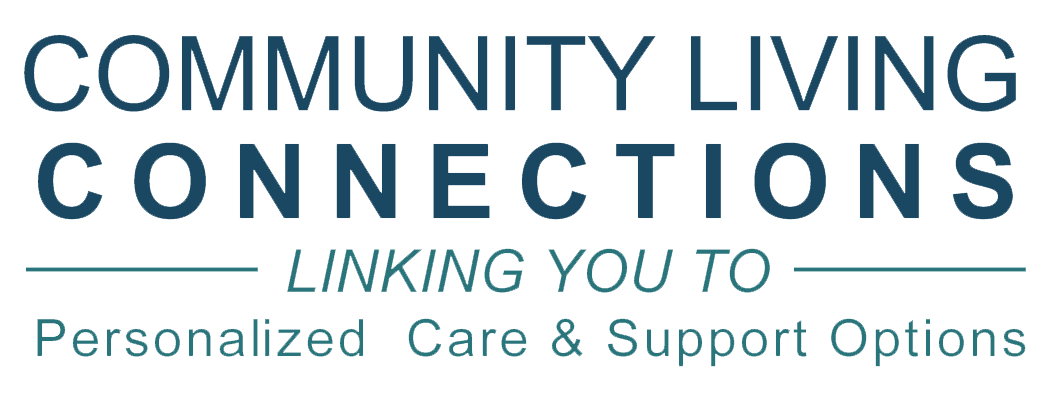1-855-567-0252
Funding your care

After you complete the first planning steps, it’s time to think about how you might pay for your long-term services and supports.
Review your current insurance coverage
Most health insurance plans only pay for short-term care needs. Do you know if your current health care insurance would pay if you needed long-term care? Review your policies with your insurance advisor or employer’s benefits counselor.Determine if you can pay for long-term services and supports with your own funds
Perhaps you don’t have long-term services and supports coverage or want to pay using your own resources. Would you be able to cover all the costs with your retirement income and savings?
Consider how you feel about using your own funds to pay for long-term services and supports. Resources could include:
- Social Security
- Pension
- Interest income
- Dividends from investments
- Payments from a 401(k) or IRA)
- Cash, savings
- Stocks and bonds
- Your home
Understand what’s covered by government programs and what’s not
Very few government programs will help pay your long-term services and supports expenses. Those that do, have strict limits on who is eligible and what is covered. Most people won't qualify for Medicaid for long-term services and supports. It is important to learn and understand what long-term services and supports Medicare and Medicaid will and won’t fund. If you or your spouse is a veteran, Veteran Administration long-term services and supports might provide good options for your care.
Washington’s Community Living Connections staff are available to help you explore your options to meet your current needs or create a plan for the future.
Learn the average annual costs of different kinds of care in your state:
Estimate whether your savings plan can meet your future long-term service and support needs.

